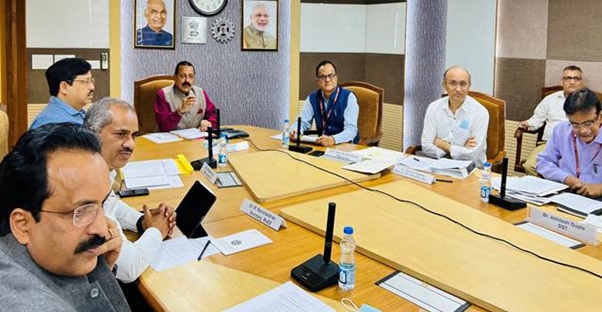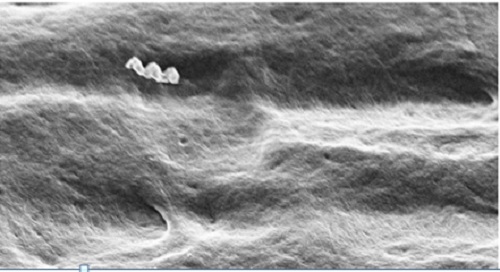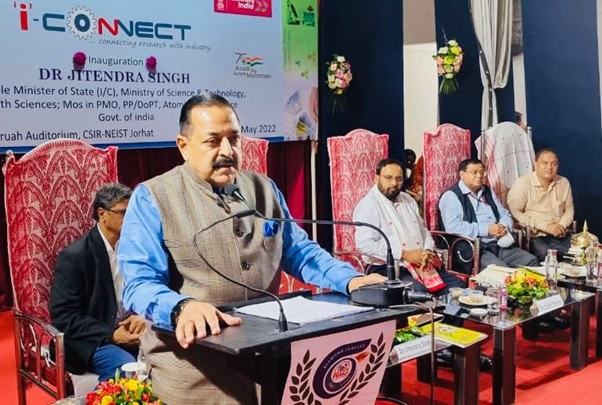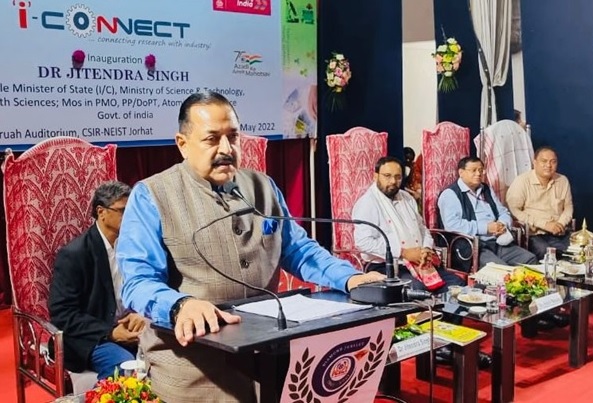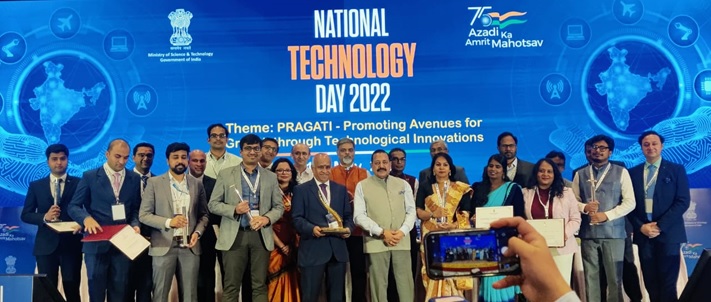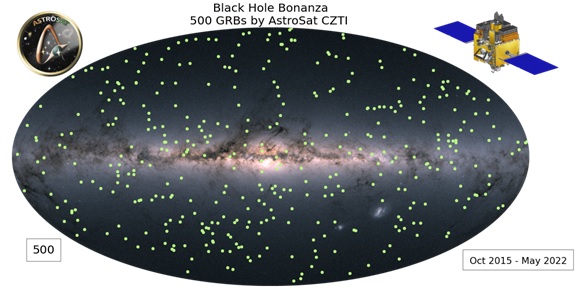
The positions of all the 500 Gamma-Ray Bursts detected by AstroSat CZTI. (Credit: AstroSat CZTI team / Aswin Suresh, Gaurav Waratkar, Varun Bhalerao from IIT Bombay). The background is an optical view of the night sky (Background image credit: ESA/Gaia/DPAC).
India’s space telescope, AstroSat has added yet another feather to its cap. It has just helped astronomers witness the birth of black holes for the five hundredth time.
Black holes are one of the ultimate cosmic enigmas: they are objects with a strong gravitational pull that not even light can escape from them. They are the subjects of intense scrutiny from astronomers from all over the world. They are particularly interested in studying their birth.
Black holes are formed when massive stars die. The events are accompanied by huge explosions that are so powerful that they are called `mini big bangs’. They send intense jets of light and high-energy radiation shooting across the universe. Astronomers study the Gamma-rays and X-rays from such bursts to better understand the explosions and black hole formation.
AstroSat is one of the most sensitive space telescopes globally, consisting of five instruments that can simultaneously study the universe in ultraviolet, optical, and X-ray radiation. One of these instruments is Cadmium Zinc Telluride Imager (CZTI). It detects and tracks the Gamma- Ray Bursts. The data from the instrument is used to study the birth of black holes.
India’s space telescope, AstroSat has added yet another feather to its cap. It has just helped astronomers witness the birth of black holes for the five hundredth time.
“CZTI has been studying Gamma-Ray Bursts since it first opened its eyes 6.5 years ago. The very first scientific result from AstroSat was the detection of GRB 151006A, just hours after the instrument was powered on after launch”, said Prof. Varun Bhalerao, who leads the GRB search effort.
A press release from Inter-University Centre for Astronomy and Astrophysics (IUCAA), which runs the Payload Operation Centre for AstroSat, noted that numerous GRB studies from CZTI have been published in reputed journals worldwide and that the team that oversees it has worked continuously to improve the search and detection methods, getting better results every year.
“A key highlight of the searches is the role played by young scientists in the process. A large part of the search procedures has been developed by undergraduate students, Ph.D. students, and trainees. They are also the group responsible for daily analysis of data”, the note added.
“This witnessing of the birth of a black hole for the 500th time is a landmark achievement”, said Prof. Dipankar Bhattacharya of Ashoka University and IUCAA, the current Principal Investigator of CZTI. “The wealth of data obtained by CZTI on Gamma Ray Bursts are making a big impact worldwide,” declared Prof. Bhattacharya.
India Science Wire
ISW/SP/IUCAA/ASTROSAT/20/05/2022
